#Automotivedesign
Explore tagged Tumblr posts
Text

the_kyza
1K notes
·
View notes
Text

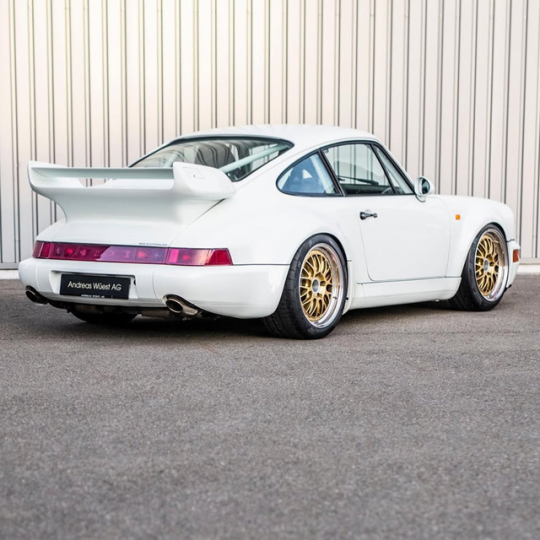
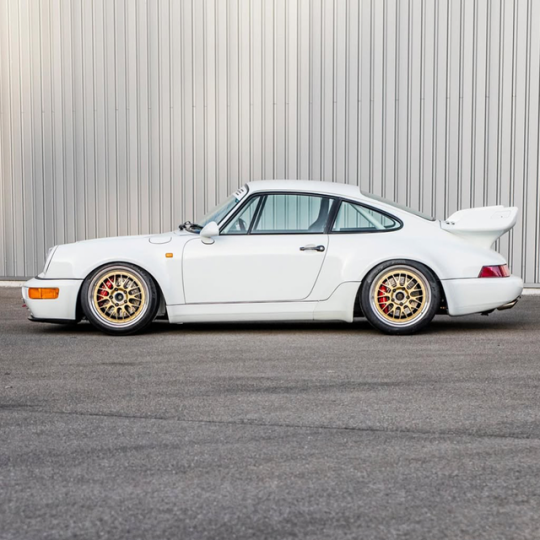
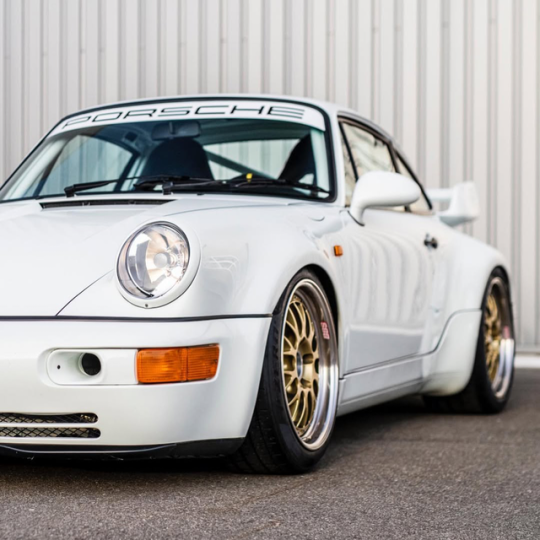
Porsche 964 Turbo
#Porsche#Porsche911#911#Porsche964#964#PorscheTurbo#911Turbo#ClassicPorsche#AirCooled#Luftgekühlt#Iconic#DreamCar#CarPorn#Automotive#Supercar#CarPhotography#964Turbo#Porsche964Turbo#CarGoals#LuxuryCars#ExoticCars#FastCars#PerformanceCars#GermanEngineering#AutomotiveDesign#Sleek#TimelessDesign#PorscheClub#CarCommunity
28 notes
·
View notes
Text

daddy gave me outfit😎😎😎
#puppyface#lipolaser#facescrub#lipstain#redlip#smiledog#fixandflip#callofdutyclips#andisclippers#liptransformation#facereading#faceportrait#faceclub#faceprimer#crease#softskin#zamanıdurdur#maskerbubuk#honar_doostan#automotivedesign#facial_expression_says_it_all#diytattoosleeve#.#Created by Inflact Hashtags Generator
75 notes
·
View notes
Text
Imperial a long gone brand, but with a lot of character.









My take on the Imperial
Inspired by Imperial models of the late 50s to the early 80s
#Mopar #Chrysler #Imperial #RetroDesign #JGBDesign #RetroFuturism #SketchDesign
7 notes
·
View notes
Text

Lotus Emira
#car photography#race car#muscle car#sports cars#lotus#lotus emira#emira#sportcar#luxuryvehicle#carartcompany#cardesignmedia#automotivedesign#automotive#car#vehicle
34 notes
·
View notes
Text

Check out our new line at AutomoSpeedCrew.com
61 notes
·
View notes
Text

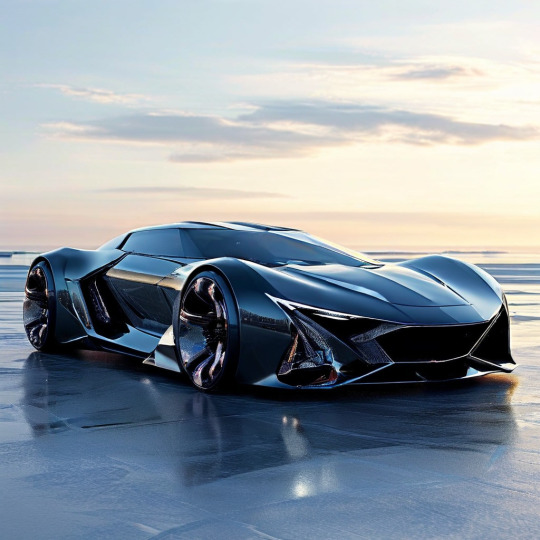

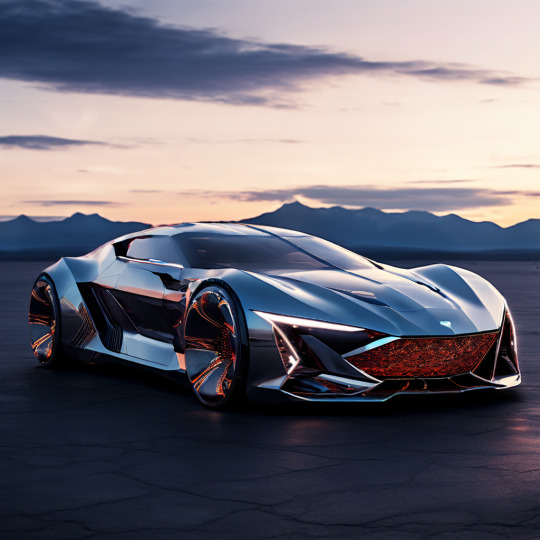




Automovil deportivo futurista de diamante :)
#CarroDeportivo#AutoDeportivo#AutoFuturista#AutomóvilFuturista#CocheDeportivo#CarroDelFuturo#CarroDelMañana#VehículoFuturista#AutomóvilDeportivo#CocheFuturista#SportsCar#FuturisticCar#ConceptCar#FutureVehicle#FuturisticDesign#Hypercar#Supercar#FutureTech#AutomotiveDesign#FutureAutomobile
5 notes
·
View notes
Text





Rolls-Royce-Spectre-2024
netcarshow.com
9 notes
·
View notes
Text
How the History of the Automobile Shaped Modern Transportation

Source: Image by The Everett Collection
The invention and development of cars is one of the biggest changes in human history. From horse-drawn carriages to self-driving electric cars, the history of the automobile has seen advancements in technology and how society has changed over time. In this article, we’ll explore the interesting history of cars—from their simple beginnings to their important role in helping people move around the world today.
Roots: Before the Automobile
Long before cars were invented, people used horses, carriages, and simple carts to get around. The idea of a vehicle that could move on its own goes back to the 15th century when inventors like Leonardo da Vinci drew plans for mechanical carts. However, real progress didn’t happen until the late 1700s and early 1800s.
In 1769, a French engineer named Nicolas-Joseph Cugnot built a steam-powered tricycle meant to carry heavy supplies. While it was impressive, this early version was big, slow, and not very practical. Still, it set the stage for the experiments that would eventually create the automobile we know today.
The Birth of the Modern Automobile
Image by nomadsoulphotos
The history of the automobile took a pivotal turn in the late 19th century when inventors began experimenting with internal combustion engines. Karl Benz, a German engineer, is often credited with creating the first true automobile in 1885. His invention, the Benz Patent-Motorwagen, ran on a gasoline-powered internal combustion engine and was capable of moderate speeds.
In 1888, Bertha Benz, Karl’s wife, undertook the world’s first long-distance car trip to prove the vehicle’s reliability. Her journey captured public imagination and marked the beginning of commercial interest in automobiles.
At the same time, Gottlieb Daimler and Wilhelm Maybach were developing their versions of gasoline-powered engines in Germany. Across the Atlantic, inventors in the United States and France were also experimenting with similar technologies. By the end of the 19th century, multiple automotive companies had emerged, signaling the dawn of a new transportation era.
The Assembly Line Revolution
In the early 1900s, there were big changes in the history of cars. Many inventors had created working cars, but they were still expensive and only available to rich people. This changed in 1908 when Henry Ford launched the Model T
Ford’s real breakthrough wasn’t just the car itself; it was how he made it. In 1913, he introduced the moving assembly line, which changed how cars were produced. This method made it much faster and cheaper to build a car. Because of this, the Model T became affordable for middle-class Americans, leading to a boom in car ownership.
By the 1920s, the United States had become the top country in car production. Roads were improved, suburbs grew, and owning a car became a sign of freedom and success.
Global Expansion and World War Influence
During the interwar years and through World War II, the history of the automobile industry saw remarkable global growth. European manufacturers like Peugeot, Renault, and Fiat gained prominence, while in Japan, companies like Toyota and Nissan began laying their foundations.
World War II played a significant role in advancing automotive technology. The need for durable and high-performance military vehicles led to innovations in engines, suspensions, and materials. Post-war, many of these innovations trickled down into civilian vehicles, making cars more reliable and efficient.
The history of the automobile was also shaped by cultural shifts. In the 1950s and ’60s, car design became a form of artistic expression. Sleek lines, chrome detailing, and powerful V8 engines became defining features, especially in American cars. Meanwhile, European automakers focused on compact, fuel-efficient models, reflecting their narrower roads and higher fuel costs.
The Oil Crisis and the Environmental Awakening
Image by gokhanilgaz from Getty Images Signature
The 1970s marked a significant turning point. The oil embargo of 1973 caused fuel shortages and skyrocketing prices, prompting consumers to seek more fuel-efficient vehicles. Japanese automakers like Honda, Toyota, and Datsun (now Nissan) gained significant market share by offering reliable, economical alternatives.
This period also saw the beginning of environmental awareness. Concerns over air pollution and carbon emissions led to the introduction of emissions regulations and the development of catalytic converters. The auto industry was forced to adapt, and engineering began focusing not just on performance but also on efficiency and sustainability.
Read Also: Unfolding the Secrets of the Toyota Production System
Digital Transformation and Technological Breakthroughs
Starting in the 1980s, electronics began to change cars a lot. Features like anti-lock braking systems (ABS), airbags, onboard diagnostics, and fuel injection became common. In the 1990s and early 2000s, cars started to include GPS navigation, cruise control, and entertainment systems, turning them into digital machines.
A new chapter in car history began with the introduction of hybrid vehicles. The Toyota Prius, launched in 1997, was the first mass-produced hybrid car, combining electric power with regular gasoline engines. This innovation paved the way for the current trend toward electric cars.
The Rise of Electric and Autonomous Vehicles
Image by Kittipong Jirasukhanont from PhonlamaiPhoto’s Images
In recent years, environmental concerns and advances in battery technology have driven a major shift toward electric vehicles (EVs). Companies like Tesla have pushed the boundaries of what EVs can do—combining range, speed, and smart technology. Legacy automakers such as Ford, GM, and Volkswagen are now heavily investing in electric models, signaling a widespread industry transition.
Meanwhile, the development of autonomous driving technology is reshaping the future of transportation. Companies including Google’s Waymo, Apple, and numerous startups are working on self-driving systems that could drastically reduce accidents and redefine personal mobility.
The history of the automobile is no longer just about machines; it’s now intertwined with artificial intelligence, software innovation, and data connectivity. Cars are becoming smarter, safer, and more efficient, adapting to both environmental demands and user expectations.
Challenges and the Road Ahead
As we move further into the 21st century, the automotive industry faces a host of challenges and opportunities. Climate change, urban congestion, resource scarcity, and geopolitical instability all play roles in shaping the next chapter.
The global push for sustainability is accelerating the adoption of electric and hydrogen-fueled vehicles. Simultaneously, there’s growing interest in shared mobility, such as ride-hailing and car-sharing services, which could decrease the total number of vehicles on the road while increasing usage efficiency.
Cybersecurity has also become a significant concern. As vehicles become more connected, protecting them from hacking and data breaches is essential. Automakers must balance innovation with safety and privacy.
Read Also: The Timeless Journey of Mercedes: A Legacy in Motion
Conclusion: From Invention to Innovation
The history of the automobile is a tale of creativity, hard work, and constant change. What started as a simple machine has become a necessary part of our daily lives, affecting how we live, work, and connect with others.
From steam-powered models to smart electric cars, the development of automobiles shows our ability to think big and create even bigger things. As we move toward a future with self-driving cars and no-emission transportation, one thing is clear: the journey is not over. The road ahead, just like the one we’ve traveled, will be filled with new ideas and discoveries.
#carhistory#automotivehistory#classiccars#vintagecars#carculture#automotivedesign#carphotography#carmuseum
0 notes
Text
Convertibles and Roadster Summer 2025: Speed, Style, and Sun
The Best $1M+ Convertibles and Roadsters for Summer 2025: Speed, Style, and Sun
This feature celebrates summer’s most exclusive drop-top supercars machines that offer power, poise, and prestige at over $1 million each.
Unrivaled Elegance on the Open Road
Summer 2025 marks a golden season for convertible connoisseurs. The world’s most elite automakers have unleashed a stunning range of high-performance roadsters. These luxury machines blend top-tier engineering with head-turning design. Leading the charge is the Aston Martin DBR22 priced around $1.9 million. Its carbon-fiber construction and V12 engine deliver raw emotion on winding coastal highways. With only 88 units produced, it embodies rarity and power. Similarly, the Ferrari Monza SP2 stands as a tribute to speed and heritage. The $1.8 million open-top icon offers 809 horsepower and retro-inspired lines. Driving one through the Riviera is as close to automotive art as it gets.
Performance Meets Sculptural Beauty
The McLaren Elva, a $1.7 million topless marvel, boasts 804 horsepower and no windshield. It’s a radical take on the wind-in-your-hair experience. Created for ultimate sensory immersion, only 149 exist. Equally remarkable is the Pagani Huayra Roadster BC. With a price tag exceeding $3.5 million, this bespoke hypercar combines hand-finished detailing with a 791-horsepower twin-turbo V12. Each stitch, each curve, serves as a statement of artistry and aerodynamics. Meanwhile, the Bugatti Mistral, valued at $5 million, reigns supreme among summer cruisers. Its W16 engine and open roof make it the most powerful roadster ever made. It’s also the final Bugatti to use the legendary quad-turbo W16—a collector’s dream in motion.
More Than Cars: Status Symbols on Wheels
These convertibles transcend driving they define identity. Each one signals prestige, performance, and passion. Whether cruising Monaco’s coastal roads or parked beside a private villa in Saint-Tropez, they command attention and admiration. For buyers seeking ultimate exclusivity, these roadsters are more than transport—they are lifestyle emblems. Pagani Huayra Roadster BC Bugatti Mistral Read the full article
#$1M+cars#2025hypercars#automotivedesign#BugattiMistral#KoenigseggJeskoAbsolut#open-topluxury#PaganiHuayraRoadsterBC#summercruising#summerroadsters#ultra-luxuryconvertibles
0 notes
Text

motomuzi
2K notes
·
View notes
Text
#Mercedes-Benz India#VisionV#LuxuryVan#EV#VanLifeSeries#SustainableTravel#ElectricMobility#MercedesVans#AutoEVTimes#FutureOfTravel#InnovationInMotion#LuxuryOnWheels#GreenMobility#EQV#AutomotiveDesign#electronicsnews#technologynews
0 notes
Text
2025 Kia K5 GT-Line: Bold Performance Meets Striking Design

Experience the perfect blend of style and performance with the 2025 Kia K5 GT-Line. Its vibrant red SynTex leatherette interior with GT-Line accents offers a sporty and upscale ambiance. Under the hood, a 2.5L engine delivers 191 horsepower, complemented by available all-wheel drive for enhanced traction. Stay connected with the 12.3-inch panoramic display featuring wireless Apple CarPlay® and Android Auto™. The GT-Line's sleek exterior design ensures you'll turn heads wherever you go.
For more details, visit CarsHyd
#KiaK5#GTLine#2025KiaK5#RedInterior#SportSedan#KiaMotors#CarEnthusiast#AutoDesign#TumblrCars#SynTexSeats#PanoramicSunroof#LEDInterior#LuxuryInterior#CarInteriorGoals#InteriorDesign#AutomotiveDesign#CarAesthetics#AWD#Turbocharged#BoseAudio#WirelessCarPlay#AndroidAuto#SmartCruiseControl#HeatedSeats#NavigationSystem#DriverAssistance#PerformanceSedan#CarPhotography#AutoLifestyle#CarSpotting
0 notes
Text





The New Minivan Era of Utility - The Chrysler Pacifica Town & Country Edition X
The New Era of Minivan Utility - The New Chrysler Town & Country X Edition
Retro design based on the Town & Country models of the 80s and early 90s; squarish bodies that should return
Rims based on 70s Mopar muscle cars
4 notes
·
View notes
Text


ADRW NEWS - AD-RACINGWORLD MOTORSPORT et notre partenaire FUTURELAND Vivez le Grand Prix de Monaco à toute vitesse !
►AD-RACINGWORLD MOTORSPORT® PRÉPARATEUR AUTOMOBILE : Expert en accessoires pour véhicules de sport de grandes marques, notamment des modèles italiens, allemands et britanniques.
- Boutique officielle: https://www.ad-racingworld.com/fr/
- Contact/Devis (WhatsApp): [email protected]
Distributeur officiel des échappements KLINE-INNOVATION, CAPRISTO, NOVITEC, IPE depuis 2004
En choisissant AD-RACINGWORLD MOTORSPORT® pour vos achats, vous profitez de notre expérience et de notre maîtrise des produits que nous mettons à votre disposition.
------------------------------------------
►AD-RACINGWORLD MOTORSPORT® CAR TUNER: Expert in accessories for major sports vehicles, including Italian, German, and British models.
- Official Store: https://www.ad-racingworld.com/en/
- Contact/Quote (WhatsApp): [email protected]
Official dealer of KLINE-INNOVATION, CAPRISTO, NOVITEC, and IPE exhausts since 2004.
By choosing AD-RACINGWORLD MOTORSPORT® for your purchases, you benefit from our experience and expertise in the products we offer.
#adracingworld#Futureland#hifi#Audiophile#CinémaPrivé#automobiles#automotivedesign#autopassion#luxe#luxelife#luxurycarlife#passionautomobile#passionvoiture#voitures#voituresanciennes#voituresdecollection#voituresdeluxe#france#belgique#italie#mónaco#portugal#spain#switzerland#luxembourg#grenoble#isere#suisse
0 notes
